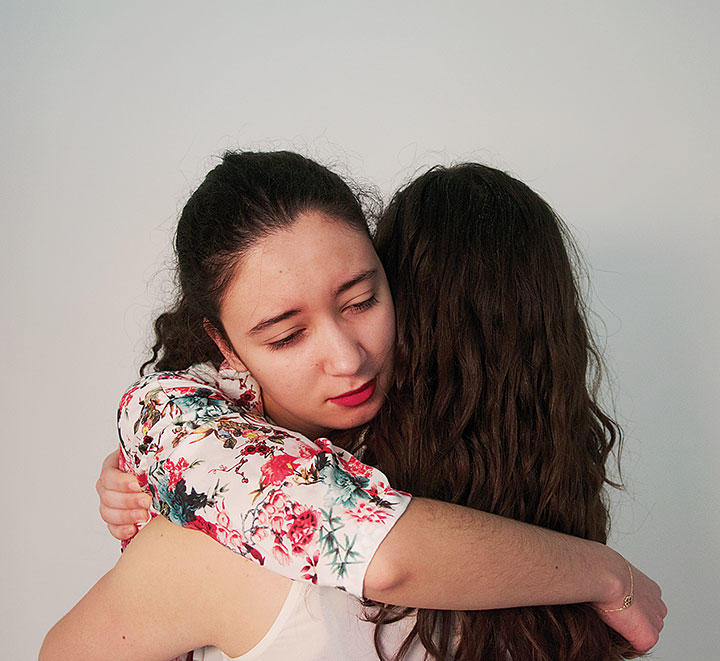Teacher: Visual arts professor Jeff Whetstone
Focus: The history of photographic portraits; practical issues such as how to light and frame a photo; and theoretical topics such as how selfies and mug shots provide insights into how people choose to portray themselves to others and how others view them.
Sample assignments: The selfie can be traced back to the mid-1800s in France, when cartes de visite, or collectible pocket-sized cardboard photos of everyday people, became popular; students use a camera with a bellows to create their own. The final project is a series of photos on a subject chosen by the student.
Required reading and viewing: The Naked Face by Malcolm Gladwell; Regarding the Pain of Others by Susan Sontag; excerpts from the films Blade Runner and Days of Heaven.
Who should take it: Photography courses at Princeton are prerequisites. “I try to give very little direction,” Whetstone said. “In art you’re creating meaning and there’s not really any path to do so … it’s important for [students] to be comfortable not knowing if they’re on the right path.”
The importance of photos: “We communicate in images almost as much as we do in text,” Whetstone said. “It’s imperative that people who use photography learn its history and syntax, learn how to create new forms and how to engage with old forms, and learn to be more articulate communicators.”
Whetstone’s hope for students: “There are deep complications and profound possibilities in looking into the face of another person,” he said. “When you make a portrait, you’re representing someone. When you pose for a portrait, you’re performing an identity. … These performances cut to the very nature of our human desire of looking into another person’s face.”













No responses yet